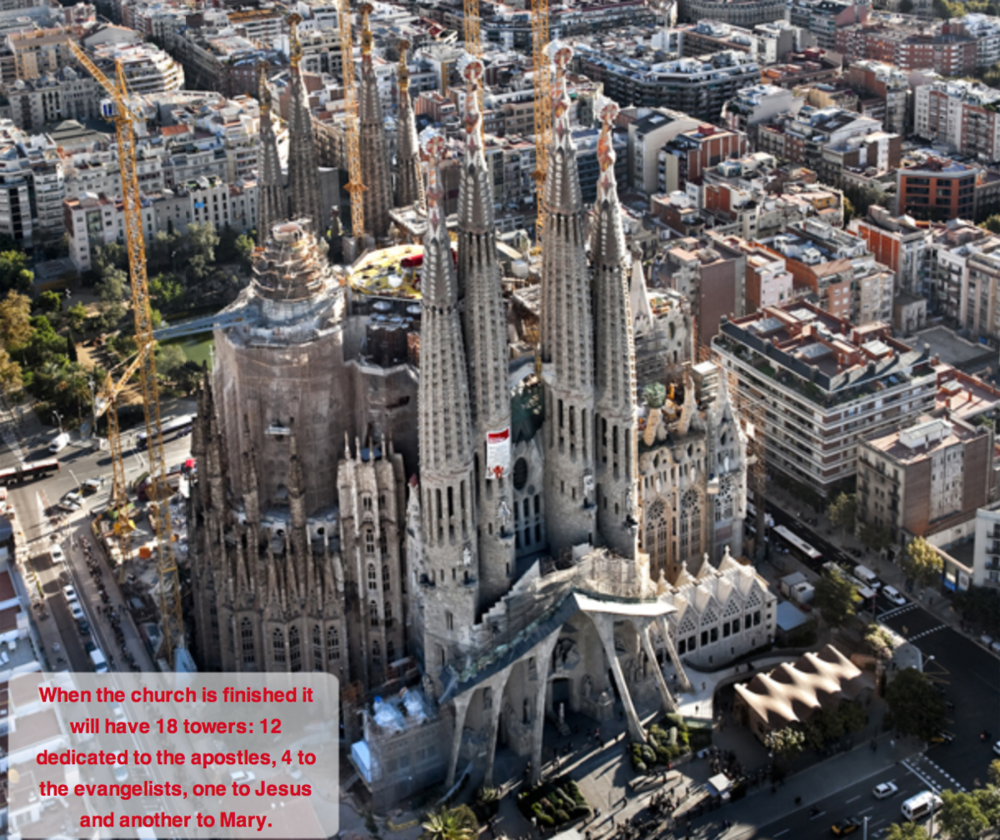It can be really hard to get the media to publish complex concepts which is why companies will submit their own articles. Google's Luiz Barroso and Jeff Dean have an article on Google's Data Center challenge to provide low latency performance at scale.
The Tail at Scale
Systems that respond to user actions quickly (within 100ms) feel more fluid and natural to users than those that take longer.3Improvements in Internet connectivity and the rise of warehouse-scale computing systems2 have enabled Web services that provide fluid responsiveness while consulting multi-terabyte datasets spanning thousands of servers; for example, the Google search system updates query results interactively as the user types, predicting the most likely query based on the prefix typed so far, performing the search and showing the results within a few tens of milliseconds. Emerging augmented-reality devices (such as the Google Glass prototype7) will need associated Web services with even greater responsiveness in order to guarantee seamless interactivity.
The article can be long for most and here are two key points.
In large information-retrieval (IR) systems, speed is more than a performance metric; it is a key quality metric, as returning good results quickly is better than returning the best results slowly. Two techniques apply to such systems, as well as other to systems that inherently deal with imprecise results:
Good enough. In large IR systems, once a sufficient fraction of all the leaf servers has responded, the user may be best served by being given slightly incomplete ("good-enough") results in exchange for better end-to-end latency. The chance that a particular leaf server has the best result for the query is less than one in 1,000 queries, odds further reduced by replicating the most important documents in the corpus into multiple leaf servers. Since waiting for exceedingly slow servers might stretch service latency to unacceptable levels, Google's IR systems are tuned to occasionally respond with good-enough results when an acceptable fraction of the overall corpus has been searched, while being careful to ensure good-enough results remain rare. In general, good-enough schemes are also used to skip nonessential subsystems to improve responsiveness; for example, results from ads or spelling-correction systems are easily skipped for Web searches if they do not respond in time.
Google has used a technique like sticking your toe in the water to test out an environment before jumping. They call it a canary request.
Canary requests. Another problem that can occur in systems with very high fan-out is that a particular request exercises an untested code path, causing crashes or extremely long delays on thousands of servers simultaneously. To prevent such correlated crash scenarios, some of Google's IR systems employ a technique called "canary requests"; rather than initially send a request to thousands of leaf servers, a root server sends it first to one or two leaf servers. The remaining servers are only queried if the root gets a successful response from the canary in a reasonable period of time. If the server crashes or hangs while the canary request is outstanding, the system flags the request as potentially dangerous and prevents further execution by not sending it to the remaining leaf servers. Canary requests provide a measure of robustness to back-ends in the face of difficult-to-predict programming errors, as well as malicious denial-of-service attacks.
The canary-request phase adds only a small amount of overall latency because the system must wait for only a single server to respond, producing much less variability than if it had to wait for all servers to respond for large fan-out requests; compare the first and last rows in Table 1. Despite the slight increase in latency caused by canary requests, such requests tend to be used for every request in all of Google's large fan-out search systems due to the additional safety they provide.




